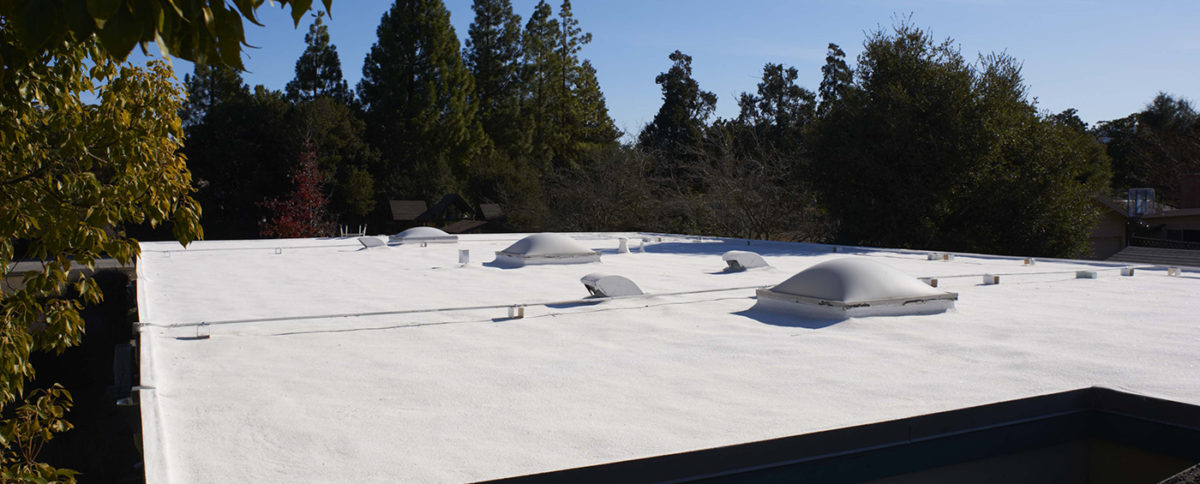Experts Advise
One of the most efficient and low-cost ways to stay ‘cool’ in the summer is by reflecting as much sunlight as possible and absorbing less heat. According to experts such as our former US Secretary of Energy and Nobel Prize winner, Dr. Steven Chu, white roofs and buildings, as well as light-colored roads, are the cheapest and most effective way of combating global warming and saving energy.
How White Roofs Help
In countries such as Greece, where the summers can be exceptionally hot, locals have been whitewashing their buildings and other town surfaces for centuries. By doing so, they are able to reflect as much of the sun’s heat and keep their homes cooler during the hot summer months. What’s more, when a whole town or neighborhood is painted white, it can reduce the effects of the phenomenon called “the urban heat island effect” – essentially white roofs and buildings can even reduce local air temperatures. As a result, it can lower peak electricity demand, which can help prevent power outages and reduce power plant emissions, including carbon dioxide, sulfur dioxide, nitrous oxides, and mercury, by reducing cooling energy use in buildings.
According to Dr. Chu, “If a building is air-conditioned, it’s going to stay cooler and use 10 to 15 percent less electricity”. In general, scientists estimate that by making roofs and pavements white, we can make the earth more reflective. In turn, this would reduce the urban heat island effect which would offset carbon dioxide emissions by over 44 billion tons. Consequently, Dr. Chu has recommended that all roofs should be painted white and the asphalt roads lightened in color as much as possible without blinding drivers, of course.
White Roofs: The Best Solution for The Bay Area
The Energy Department has conducted extensive research into cool roofs and suggests that we can make our flat or low sloped roofs more energy efficient and environmentally friendly by applying roofing systems like those using Spray Polyurethane Foam (SPF). The white roofs covered with SPF can stay more than 50°F cooler and save energy and money by using less air conditioning.
For more information about SPF roofing systems, please read our previous posts on roofing solution, rain proofing your roof, SPF vs Styrofoam and the installation of SPF. To find out more about our SPF roofing system and its installation process, call Armstrong Foam Roofing today. We offer a no-obligation quote and can arrange a free consultation to show you why SPF Roofing is the best investment for your home or business.

